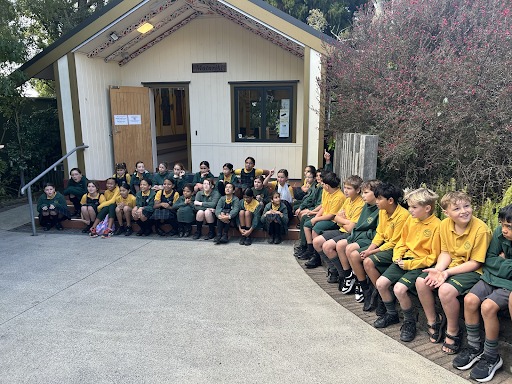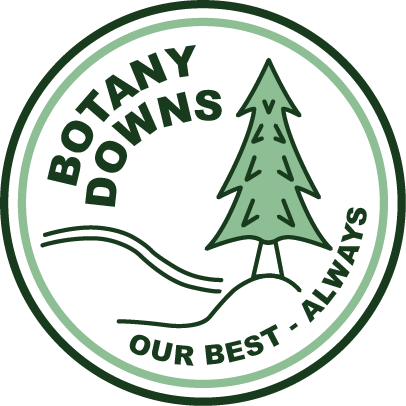Botany Downs School is situated in an area with a rich cultural heritage, traditionally inhabited by Ngāi Tai ki Tāmaki, descendants of the Tainui waka. The land is home to significant pā sites, including Paparoa Pā at Waipaparoa (Howick Beach) and Tūwakamana Pā above Cockle Bay. The Ōwairoa (Owairoa) Stream was an essential waterway, providing food, transport, and a vital connection between settlements. These locations were central to the daily lives of the people, supporting trade, travel, and community activities.
We are proud of our connection to Te Whare o Matariki situated in the Tainui Garden of Memories of Emilia Maud Nixon. Tanga whenua share stories with our staff and students linking to local areas of cultural significance, for example, Tuwakamana (Cockle Bay) where a large pōhutukawa tree known by the Ngā Tai people as Te tuhi a Manawatere still sits today.

During the 19th and early 20th centuries, Botany Downs area was primarily farmland. In the mid-20th century, the area began its transition from rural farmland to suburban development. A farm leased by Vern Carr was named Botany Downs, after Botany Road, a significant thoroughfare in the area. The name “Botany” is thought to be inspired by Botany Bay in Australia, reflecting the historical connections between the two regions. The name symbolises the European fascination with plant life, a legacy of the exploration period and Captain James Cook’s voyages.
As the community grew, Botany Downs School was established in 1975, taking its name from Carr’s former farm. Since its opening, the school has served as a place of learning, connection, and growth. It continues to honour the land’s history and its people while fostering a love of learning, respect, and inclusivity. Today, Botany Downs School remains a nurturing environment, preparing tamariki for a bright future.
